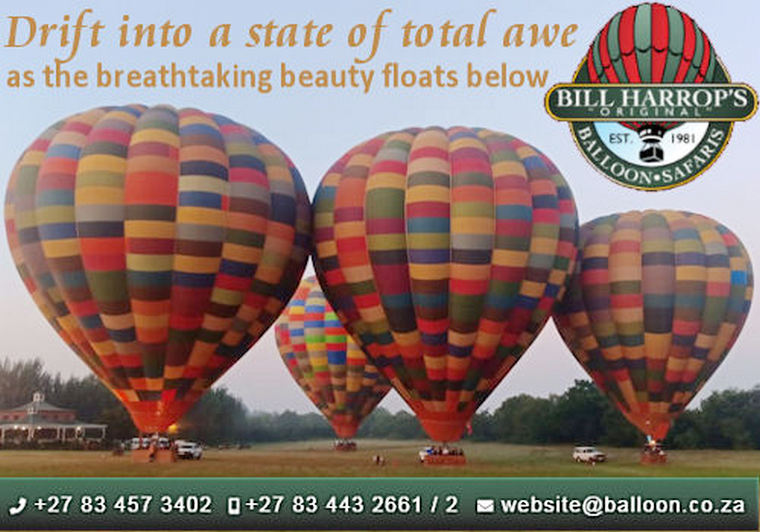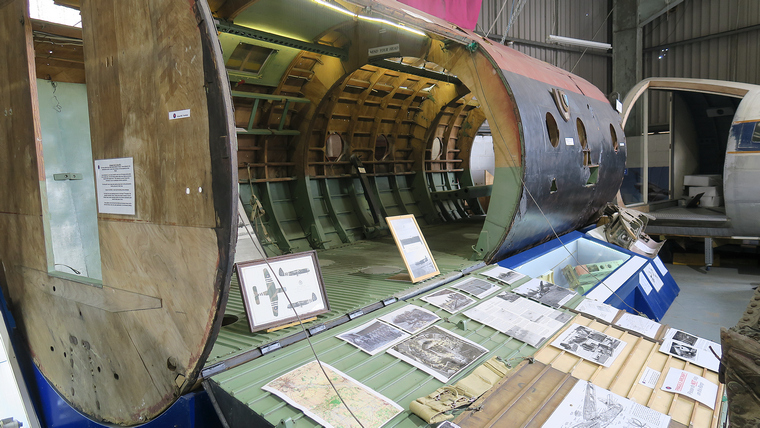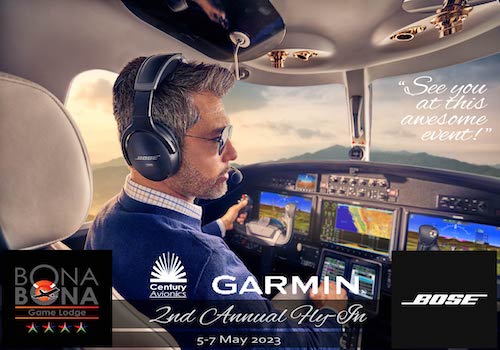








De Havilland Museum - Hatfield, UKBy Pete van der SpekGoogle Banner Ad   Stuck in the English countryside is a museum that had a huge contribution for aviation during WW2. Back then, it was the design teams' home for the famous Mosquito aircraft. It consisted of a house called Salisbury Hall and was purposely chosen as the place to design the Mosquito as it was out in the country away from any town and away from prying eyes. The government at the time was not happy to have their precious resources divided up so frowned upon other projects. Their main thrust was with fighter aircraft production. However, this did not stop the de Havilland team.  The Mosquito team built a hangar in which the prototype of the Mosquito was built and as metal was in short supply (being used for fighter aircraft) they built the prototype out of wood. There was a good supply of carpenters at that stage so labour was plentiful. The prototype was worked on through the Battle of Britain period and because the hangars were away from towns, it escaped any bombing by the Germans. The initial registration number was E-0234. It was fitted with two Merlin 21's and when completed was moved by road to the De Havilland factory nearby at Hatfield. It was initially painted all yellow but was later changed to camouflage on top and yellow underneath - the colours it has today. The first flight was carried out by Geoffroy de Havilland Jr on 25 November 1940 and the demonstration was so successful that the government ordered 150 aircraft. Soon after, the reg number was changed to W2050.    Mosquito TA634 was one of the last to be built at the Hatfield factory. The aircraft was converted to a target towing version as a B(TT) Mk 35 and used by the CCACU (Civilian Anti-Aircraft Co-Operation Unit) based in Exeter until September 1959. It was then flown to Speke airport to be displayed in a new terminal complex. That project fell through and it was then used in the movie 'Mosquito Squadron' during June and July 1968. In May 1971 it was handed over to the museum at Salisbury Hall.    Fast forward to 2017 when I visited the museum. It is the only museum in the world that you can see three Mosquitos together in one hangar. Included in the collection is one of the prototypes - W2050. There is a team of young and old maintenance personnel working on the aircraft at any one time. I was impressed that the older guys with the experience were passing on their knowledge to younger people. Continuity is most important when it comes to preserving old aircraft.   The number of hangars has grown and plans for more hangars is well advanced. Fund raising is ongoing and a thankless task but with the help from the National Lottery, it is getting to fruition.  There are a number of interesting De Havilland aircraft in the collection. They include a Comet 1 that was grounded after the terrible accidents of three of the original Comet 1 in 1954. The example at the museum was one of two that were being used in the water tank pressure testing but was never used for that purpose. It was acquired by the museum in 1985 from Farnborough.     Other aircraft in the collection are a Dragon Rapide, DH88 Comet Racer, a Tiger Moth, a DH87 Hornet Moth, a DH82 Queen Bee and a Cierva C24 Autogiro.  Post war jet aircraft include a DH112 Venom FB Mk.1, DH112 Venom FB Mk.1, DH 110 Sea Vixen, a DH115 Vampire T.11, a DH110 Vampire FB.6   Transport aircraft on site include a BAe 146, a DH 104 Dove MK.8, a DH114 Heron MK.2D, a DH 106 Comet 4, a DH106 Comet 2R, a DH 121 Trident, and a DH125. Some of these (due to size and space) are just the fuselage.   Probably one of the most important WW2 aircraft was also designed by the Airspeed team at the Hatfield facility namely the Horsa glider which took many soldiers into the war zone over Europe during the D-Day invasion. There is an example of the Horsa at the museum.   In the café area there are several de Havilland engines on display. Also, in the café (where one can buy refreshments) is a gift shop where one can buy de Havilland merchandise. Getting there is not easy but the excellent public transport system takes you to the entrance and a short walk down a lane will get you to the museum - well worth the visit. www.dehavillandmuseum.co.uk  Saxonwold War Museum  Google Banner Ad |
                |
 |
 |

Copyright © Pilot's Post PTY Ltd
The information, views and opinions by the authors contributing to Pilot's Post are not necessarily those of the editor or other writers at Pilot's Post.